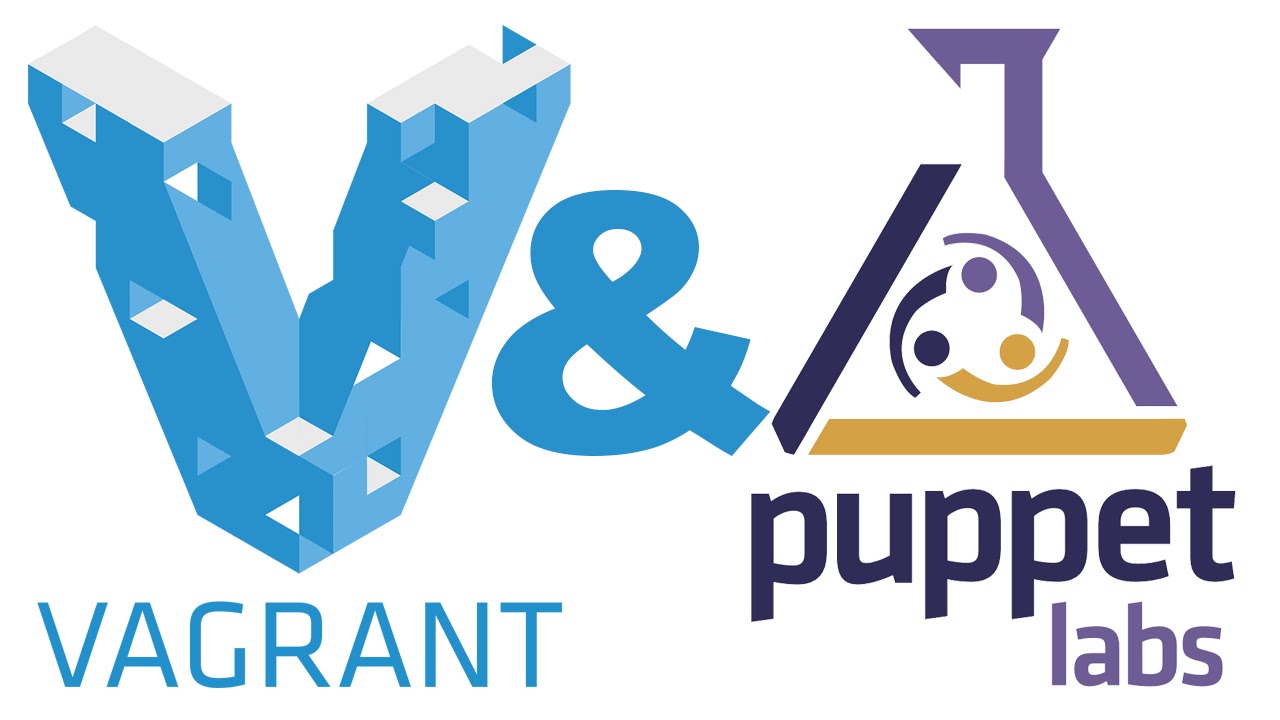

When you provision your Vagrant virtual machine with Chef server, it creates a new Chef Node entry and Chef Client entry on the Chef server, using the hostname of the machine. client_key_path = "/etc/chef/client.pem" end end This documentation won’t go into detail of their function since if you’re looking for these you probably already know what they are for: Vagrant : :Config.

But if your chef server requires these to be customized, they are available to you. There are other configuration options as well, but these can normally be left as their default. environment = "development" end end Configuration Options provision :chef_client do | chef | # Set the environment for the chef server chef. If you’d like to configure the environment you’re node is part of, simply use the environment configuration option: run_list = ", "role" ] end endĬhef 0.10 or later, you have access to environments. provision :chef_client do | chef | # Modifying the run list directly chef. If you need to access the run list directly, you can also use the run_list accessor: Vagrant : :Config. add_recipe ( "apache2" ) # Provision with the database role chef. provision :chef_client do | chef | # Provision with the apache2 recipe chef. In this case, you don’t have to do anything, since by default Vagrant will pull the run list from the chef server. Usually the run list is managed by the chef server. The run list is the list of things to run on the node, which are recipes and/or roles. If it’s an absolute path, then it is taken as is. The path given as the value to the configuration is expanded relative to the project directory if it’s a relative path. Vagrant needs to know the path to this validation key in order to configure the client for chef server.Ĭonfig. The validation key is used by an unregistered client to verify itself and register with the chef server. chef_server_url = "" end endĬhef server uses key pairs in order to verify and register nodes to the chef server (similar to SSH key-based authentication). First step to provisioning with chef server is to tell Vagrant where the chef server is located. There are various benefits to this approach, such as being able to use your production cookbooks from chef server to provision your development environment. Chef ServerĬhef Server allows you to provision your virtual machine without having to keep the cookbooks within the repository itself.

For example, you can set this to "nfs" to use NFS synced folders. By default this will use the default synced folder type. Synced_folder_type (string) - The type of synced folders to use when sharing the data required for the provisioner to work properly. Multiple role directories are only supported by Chef 11.8.0 and later. Roles_path(string or array) - A list of paths where roles are defined. This requires Chef 11.6.0 or later, and that environments_path is set.
Vagrant provision archive#
Recipe_url(string) - URL to an archive of cookbooks that Chef will download and use.Įnvironment(string) - The environment you want the Chef run to be a part of. Nodes_path(string or array) - A list of paths where node objects (in JSON format) are stored. By default, no environments folder is set. Chef 11 and lower only accept a string valueĮnvironments_path (string) - A path where environment definitions are located. Chef 12 or higher is required to use the array option. By default this is "cookbooks", expecting a cookbooks folder relative to the Vagrantfile location.ĭata_bags_path(string or array) - A path where data bags are stored. List the complete set of available options for the Chef Solo provisioner.Ĭookbook_path(string or array) - A list of paths to where cookbooks are stored. A centralized API that interacts with and integrates infrastructure components chef-solo runs locally and requires that a cookbook (and any of its dependencies) be on the same physical disk as the node.Ĭhef-solo is a limited-functionality version of the chef-client and does not support the following: The Vagrant Chef Solo provisioner allows you to provision the guest using Chef, specifically with Chef Solo.Ĭhef-solo is an open source version of the chef-client that allows using cookbooks with nodes without requiring access to a Chef server. We can just make simple modifications to the provisioning scripts on our machine, run a vagrant provision, and check for the desired results. This command is a great way to quickly test any provisioners, and is especially useful for incremental development of shell scripts, Chef cookbooks, or Puppet modules. "The vagrant provision runs any configured provisioners against the running Vagrant managed machine.


 0 kommentar(er)
0 kommentar(er)
